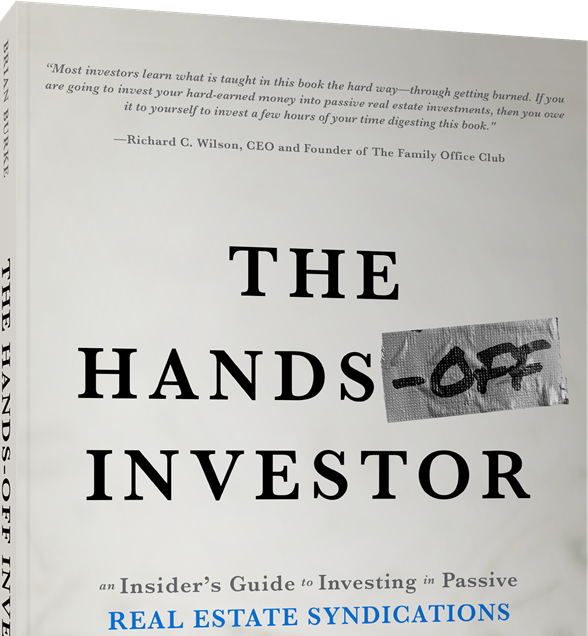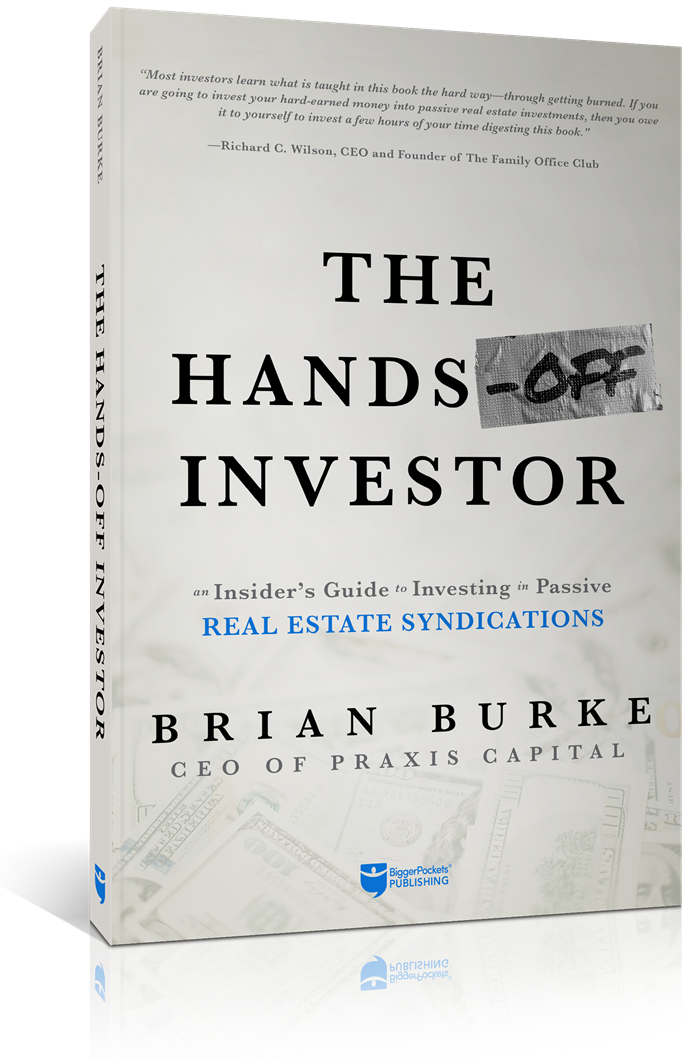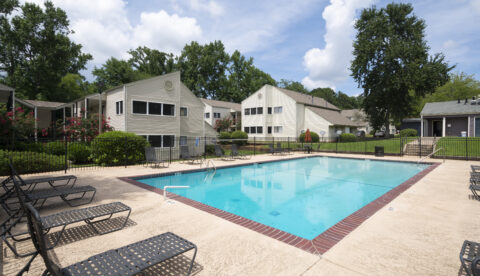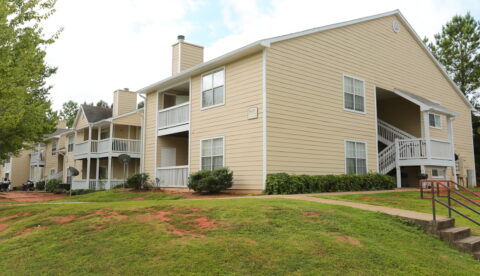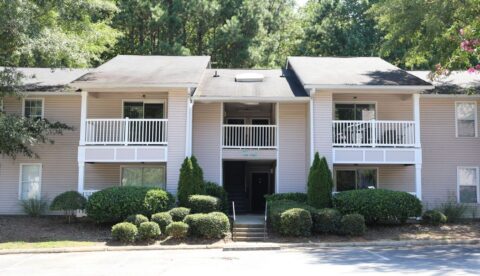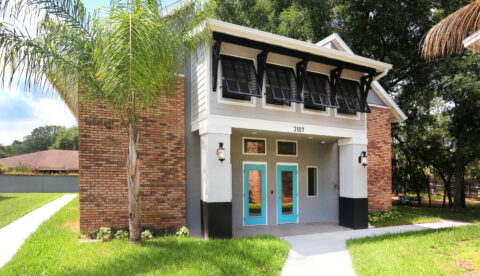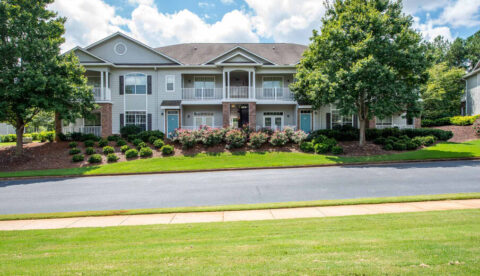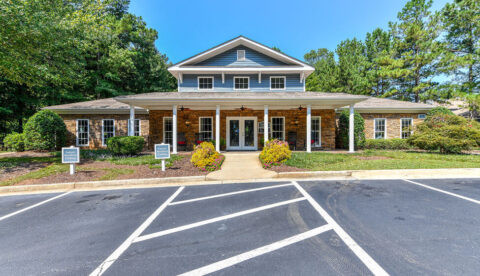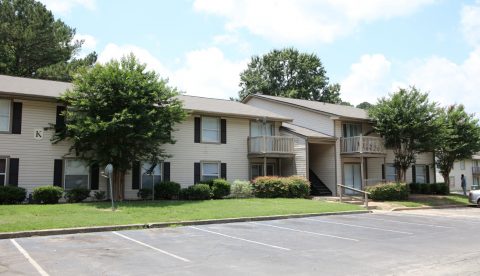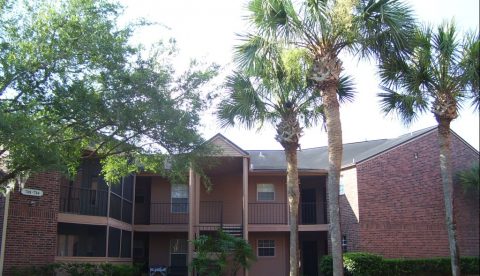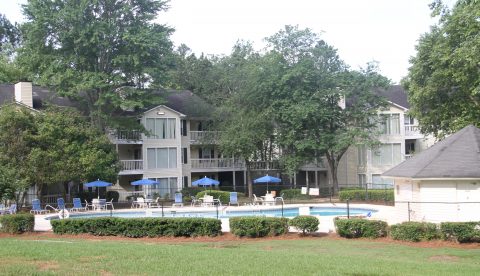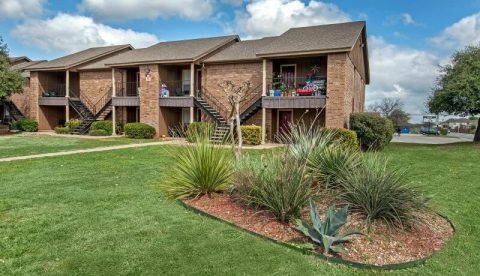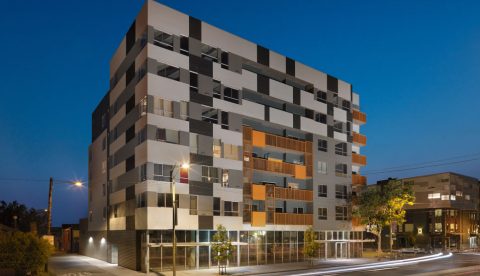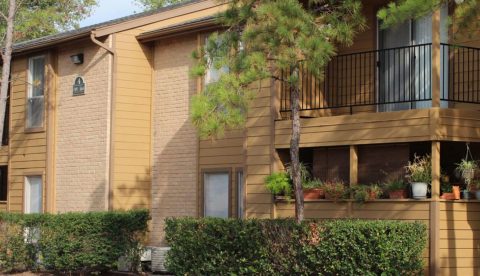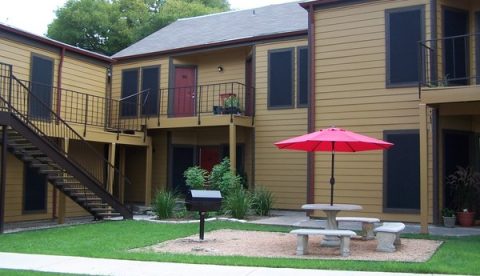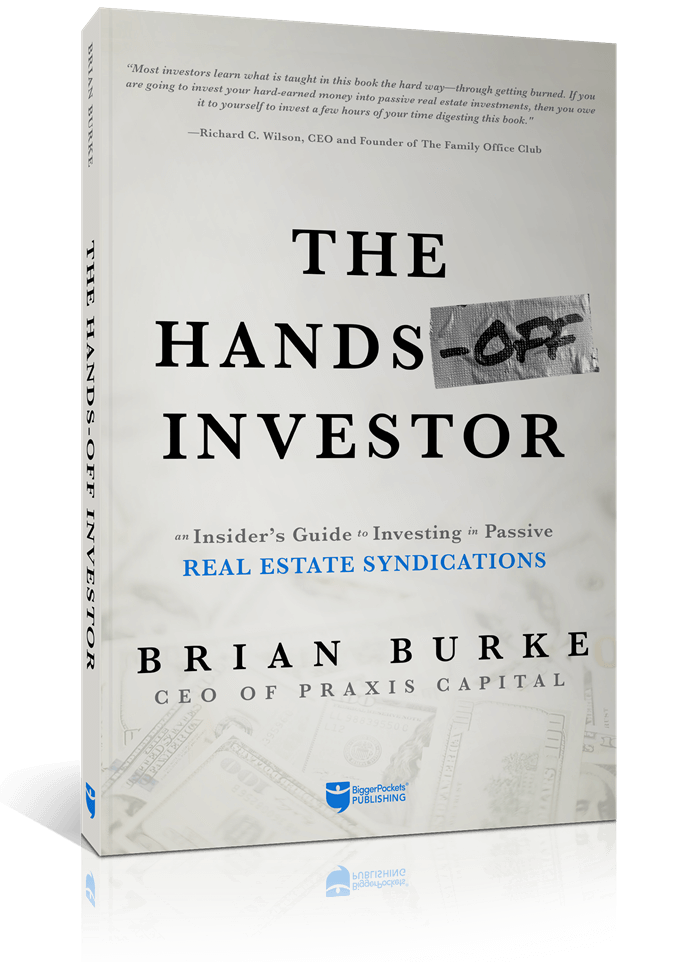How To Get Your Share Of America’s $485B A Year Rental Business

Hate missing out on incredible opportunities? America’s rental housing industry is pulling in at least $485B each year. Are you getting your share?
Even for Silicon Valley VCs rental housing is a huge and appetizing sector. One that has so far pretty much continued to slip through their fingers. Yes, tech giants like Facebook may be venturing into corporate housing. WeWork and Airbnb may be working on the fringes. Yet, the concrete advantages of owning multifamily rental apartments are something no one wants to be missing out on today.
Big & Getting Bigger

If you’re not losing money on rent yourself, you know people who are. The rent is high and it’s only heading higher. Out on Staten Island, NY they are trying to build 1,800 new ‘affordable’ housing units. Rents may start at over $3,000 per month, and if you are a high paid tech worker you probably make too much to qualify to get in.
It’s going to get harder for most people to buy homes too. The FHA recently announced that it is tightening up underwriting standards after years of subprime type lending that may have financed too many ‘risky’ borrowers. Annoyed that people have still been able to buy homes with the help of down payment assistance programs, HUD is now stepping in to crack down, and force people to pay up more if they want to ever hope to own a slice of the American Dream.
At the same time, Government Sponsored Agencies (GSEs) Fannie Mae and Freddie Mac have been increasing lending to investors and apartment building owners to fuel more development and to build in more green features and improvements in existing apartment buildings.
Ultimately, this all means millions of more renters who will be renting for much longer.
It would be nice to have a piece of that pie, right?
If not for the financial rewards and a safer place for your money, perhaps to participate in providing good housing to those in need.
Of course, the challenge is that buying a whole apartment building or complex yourself is often just too much. You don’t want the risk, any debt new debt, or more work to do. Just as single-family rental homes and condos and Airbnb units can be an enormous amount of work.
It’s Becoming More Important

It’s hard to ignore the IPO fever that’s going on or the rumors of a contraction in venture capital for tech startups. We’ve already seen Lyft and Pinterest go public. Now WeWork, Airbnb and Uber are in IPO mode. Their founders and investors are trying to cash out. They’ve seen the inverted yield curve and signs of a recession. They aren’t feeling comfortable with the bubbly stock market either. Plus, who knows what’s coming next with all the political madness likely to bubble up in the run-up to the 2020 election. These are all reasons why startup entrepreneurs are exiting and putting their money into this asset class.
Your Piece of the Pie
Fortunately, accredited investors, funds and high income earning tech workers can benefit from the brick and mortar safety, tax shield, income and appealing returns available in America’s rental housing sector. All without having to deal with tenants, taking on debt or rehabbing houses themselves.
The best hands-free options typically come in the form of partnerships, private funds and multifamily real estate syndications. These can be great vehicles for enjoying all the upside potential and avoiding missing out, without any of the hassles.
Before you do get in, make sure you check our post on The 2 ROIs to make sure you are making both a sound and profitable investment.
